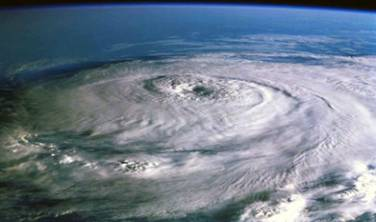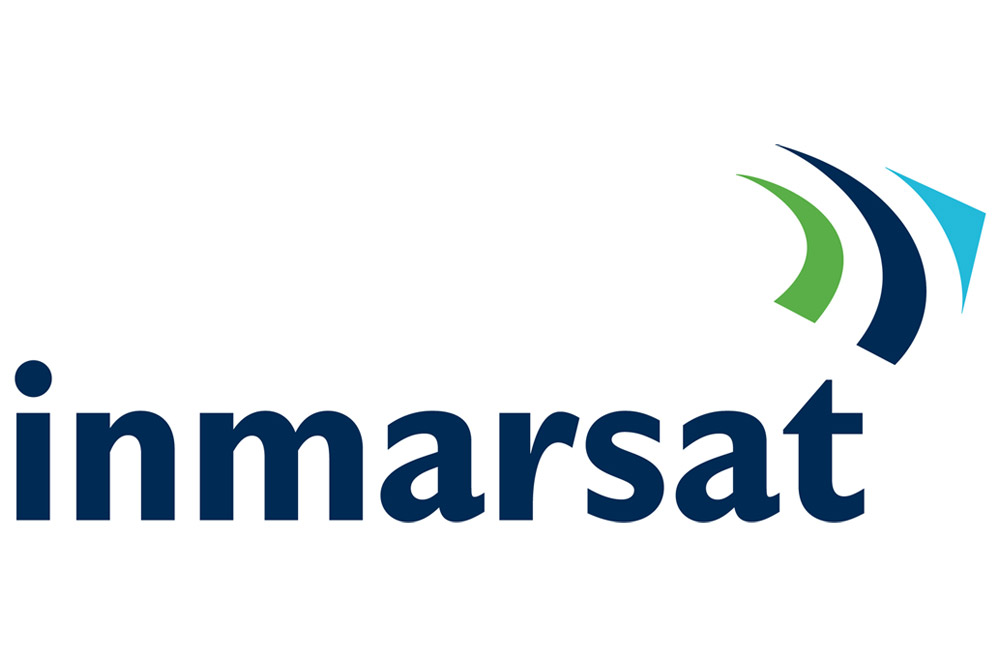Hughes 9201 Machine to Machine (M2M) Broadband Global Area Network (BGAN) Satellite Terminal Ideal for Oil, Mining, Gas, Water, and Utility Industries
Remote Site Management
Naples, FL. – The Hughes 9201 mobile BGAN satellite terminal is a rugged, easy to use portable satelite internet communications terminal ideal for the oil, gas, mining, water, and utility industries. This BGAN terminal is designed to withstand varying weather conditions for extended periods of time yet is small, light, and easily installed, making it an ideal solution for remote sites.
IP SCADA ready
The Hughes 9201 M2M is an excellent choice of satellite terminal for remote SCADA applications. It is easily packaged for continuous monitoring and control of remote sites such as well automation, pipeline monitoring, utility Smart Grid such as Smart Meter backhaul, distribution automation, and substation SCADA.
Oil, Gas, Water and Mining Applications
The Hughes 9201 M2M is ideal for operational well data collection such as electronic flow measurement, pressure, and custody transfer data reading.
It is also installed at natural gas sites to enable remote monitoring and control of the compressor responsible for pushing high volumes of natural gas through the pipeline transmission system.
The Hughes 9201 BGAN Satellite terminal is not only used for purposes of data collection, but also for delivering critical and time-sensitive command and control instructions to downhole systems. This increases well performance and production, saving the operator time and money and increasing the producer’s revenues due to the information provided for real-time decision making. Engineers from anywhere in the world can access the site remotely to make informed decisions on well site management.
Utility Applications
Advanced Metering Infrastructure (AMI) Smart Meter Backhaul: Thousands of residential and business wireless smart meters send usage data back to a collector point. The collector point sends the aggregate data over the Hughes 9201-M2M to the utility’s data center. It can be deployed at utility poles to enable control of Smart Grid infrastructure such as reclosers, fault indicators, capacitor banks, etc.
Substation Communications: To dramatically enhance communication link availability at a substation, a Hughes 9201-M2M can operate as the backup path for automatic failover when the primary line fails.
Disaster Preparedness/Business Continuity Solutions: The Hughes 9201-M2M can be used for critical communications during the recovery period immediately following a catastrophic event that interrupts utility services.
It can also be connected to AMI collection points to deliver Smart Meter data from meters on residences and businesses. AMI enables readings for billing, service connections and disconnections; and consumer remote control over the Internet of lights, thermostats, and appliances, proactively reducing electricity usage costs. Utilities can manage peak loads where generation costs are high, reducing greenhouse gas emissions and helping measure and mitigate the risk of blackouts.
Mining Applications
Large and expensive assets like earth shovels in remote mining pits around the world require 24 hour monitoring to avoid potential electronic issues that can lead to any one of the thousands of components on the shovels to fail in remote locations. These issues can result in the shovels breaking down which leads to loss of productivity and thousands of dollars in lost revenue. This important real time data allows for potential problems to be detected early on eliminating loss of productivity.
About International Satellite Services, Inc.
ISSI offers satellite communications solutions over all five of the major commercial satellite constellations and is expanding and upgrading those offerings constantly. Its customer base covers the full spectrum from some the world’s largest Fortune 500 companies to our military to the vessels that service the oil and gas platforms in the Gulf of Mexico to small “mom and pop” operated fishing boats in the South Pacific.








